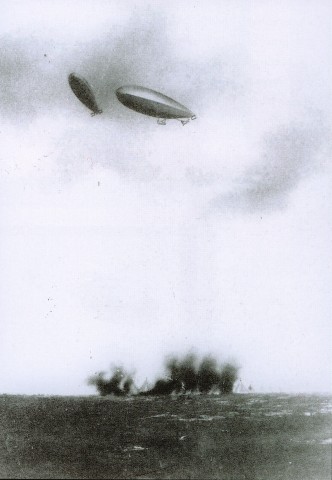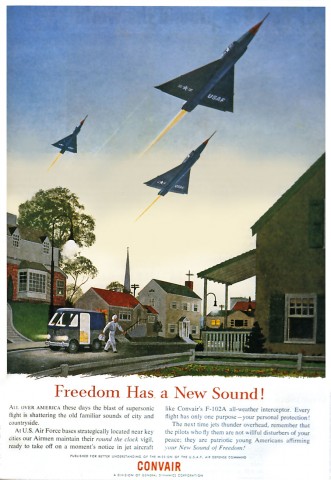Sunday, 29 September 1940
Friday witnessed the signing of the ‘Axis-Japanese Pact’ in Berlin. The Observer‘s diplomatic correspondent believes the pact is ‘chiefly aimed at the United States’, and ‘is intended to steal a march on what is regarded as the inevitable alignment of Britain, America, Russia, and China’ (7): Under it, the Axis and Japan pledge each other […]






